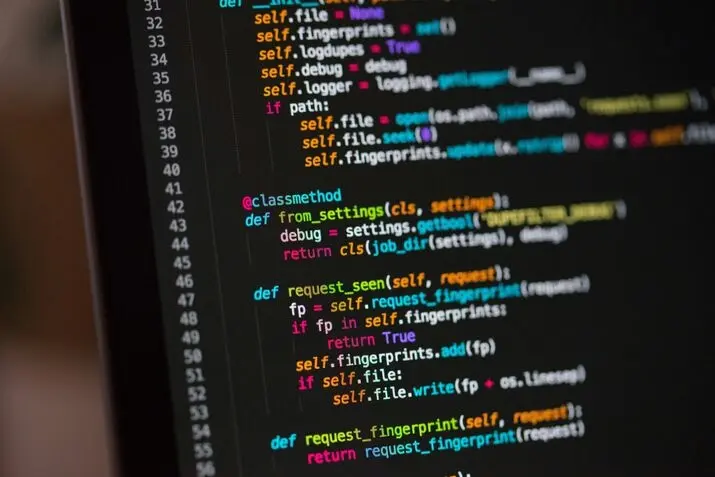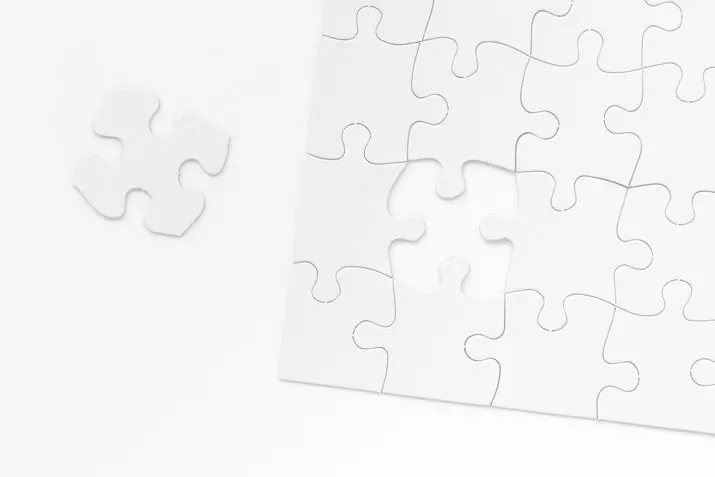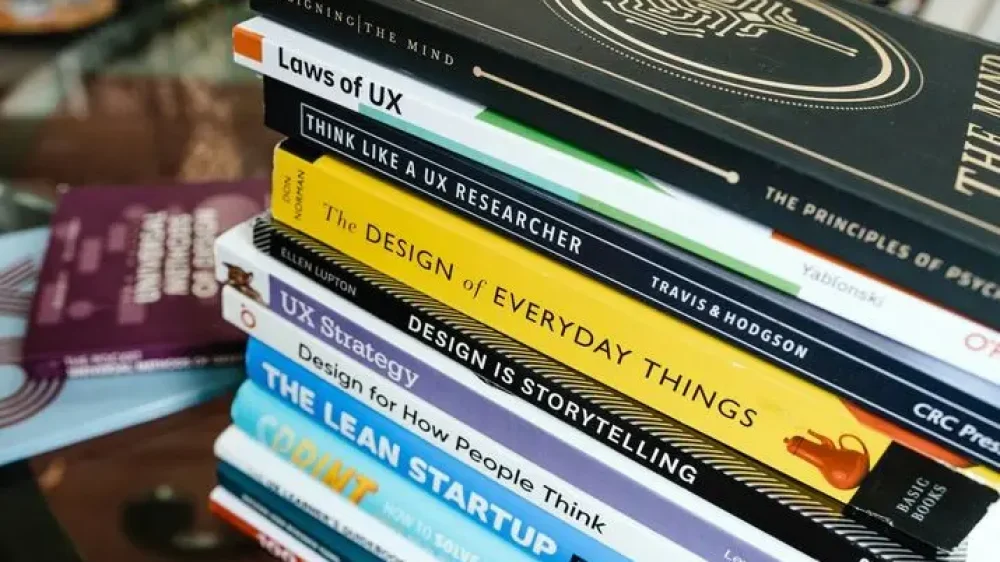In 2025, UX and product design are converging to power user-first digital experiences. Rising user expectations and new interfaces demand empathy, strategy, and creativity. This guide reveals the secrets behind successful UX and product design, providing clear definitions, career insights, tools, trends, and expert tips.
Related Blog Posts
What Is UX and Product Design?
- UX design is about optimising user journeys via research, wireframes, and testing.
- Product design is holistic, encompassing UX, UI, business strategy, and market-fit. Figma explains how product designers shape entire product lifecycles.
Secrets Behind UX and Product Design
- Empathy as Strategy: Map User Personas Deeply.
- Design + CX Integration: Deliver a consistent experience email to support.
- Data-Informed Creativity: Combining Analytics with User Testing.
- Agile & Iteration: Incorporate Toptal’s agile UX methods.
- Cross-Functional Collaboration: Aligning Engineering, Product, and Design.
Which Is Better: UX or Product Design?
By Reddit consensus, product designers wear more hats, blending UX and strategy.
So it depends: pick UX for interaction depth, product design for cross-functional strategy.
What Does a UX Designer Do Day to Day?
- Analyse user feedback and analytics
- Run usability tests
- Sketch wireframes
- Collaborate with UI & engineers.
- Refine based on honest feedback.k

Is UX a Lot of Coding?
No, but basics help. BrainStation recommends learning HTML, CSS, and JavaScript to better collaborate with developers.
Reddit also adds that while not essential, coding fluency enhances collaboration and prototyping.
Should I Call Myself a Product Designer or a UX Designer?
Choose the title that aligns with your scope:
- Product Designer covers UX + strategy + UI + stakeholder management
- A UX Designer focuses on user flows and testing in a deeper manner.
Who Gets Paid More: Product Designer vs UX Designer?
The Path Unbound report shows that product designers earn approximately $115,000 per year, while UX designers earn between $90,000 and $110,000; they earn more due to their broader strategic scope.
Can a UX Designer Become a Product Designer?
Yes, take on strategy, metrics, and business planning to close the role gap. Coursera confirms the transition path.
Can I Use Figma for Product Design?
Absolutely. Figma’s FigJam and prototyping features allow end-to-end product ideation and delivery.

What Are the Four Types of UX Design?
According to The Creative Momentum, UX design can be broken into four key types or disciplines, each playing a unique role in creating seamless, user-centred digital experiences:
1. Experience Strategy (ExS)
This is the big-picture thinking behind UX. Experience strategy blends business goals with user needs to craft a roadmap for delivering value. It ensures that every interaction aligns with the brand’s mission and customer journey, from first touch to final conversion.
2. Interaction Design (IxD)
Interaction design focuses on how users interact with a product, including navigation, button behaviour, animations, and transitions. It’s about making digital actions intuitive and enjoyable. A well-designed interaction flow prevents friction and boosts engagement.
3. Visual Design
This covers the look and feel, typography, colours, icons, spacing, and hierarchy that guide attention and reflect the brand. Visual design isn’t just aesthetics; it influences how users perceive functionality and trustworthiness.
4. User Research
As shared by UX professionals on Reddit, great UX starts with research. This includes interviews, surveys, usability testing, and data analysis to understand user behaviour, motivations, and pain points. It helps ensure that real insights, not assumptions, back design decisions.
Together, these four types form the backbone of effective UX, ensuring products are not only beautiful but also usable, strategic, and driven by real-world needs.
What Skills Do You Need?
Top product designers master: user research, wireframing, UI, business strategy, agile collaboration.
Which Language Is Best for UX?
UX designers benefit from HTML/CSS (structure), JavaScript (proto-interactions), and Python (data analysis).
Is UX Design Better Than Graphic Design?
UX is about usability, while graphic design prioritises aesthetics. Mockplus states:
“Graphic design serves notice; UX design serves experience.”
How Digital Tools Support Remote & Hybrid Work
Tools like Figma, Slack, Miro, Zoom, and Notion facilitate collaboration anywhere. Even CommBank applies UX principles to enable seamless online banking.
Security Considerations
Embedding privacy and security from day one, mirroring Atos’ secure-by-design practices, is essential, especially in heavily regulated industries like fintech and health tech.
Current UX and Product Design Trends for 2025
1. AI-Driven Prototyping & Personalisation
Artificial Intelligence is no longer just a back-end feature; it’s becoming a core design partner. In 2025, tools like Uizard, Figma’s AI features, and Framer AI are enabling designers to automatically generate wireframes, design variations, and even written copy based on prompts or user personas.
Personalisation is also more refined thanks to AI. Designers are creating user flows that adapt in real-time based on behaviour, geolocation, and preferences, offering hyper-personalised UX that improves retention and conversion.
2. Voice & Gesture User Interfaces (UIs)
The rise of smart devices, such as Alexa, Google Nest, and wearable technology, means users are increasingly interacting without touching screens. Voice UIs enable hands-free navigation, making them especially useful in healthcare, logistics, and accessibility-focused applications.
In 2025, gesture controls, like swiping in AR spaces or controlling apps with facial recognition, are pushing boundaries. UX teams are incorporating multi-modal interaction design, ensuring consistency across voice, touch, and gestures.
3. Neurodiversity-Enhanced Design
Inclusion now means cognitive accessibility. Designers are embracing neurodiverse-friendly UX, considering users with ADHD, dyslexia, and autism. This includes:
- Reducing animation distractions
- Using plain language
- Clear button labels and fewer pop-ups
- Providing multiple ways to navigate (voice, keyboard, visual)
By optimising UX for cognitive flexibility, teams create more humane, functional digital environments.
4. AR/VR Product Experiences
With the rise of devices like Apple Vision Pro, AR and VR are no longer just gaming novelties; they’re becoming core UX channels for education, retail, remote work, and architecture.
Designers now build immersive product experiences where users can explore 3D models, simulate workflows, or virtually try on items. Tools like Unity, WebXR, and Adobe Aero make AR prototyping more accessible.
5. Inclusive & Accessible-First Approach
Accessibility is no longer a “nice-to-have”; it’s a legal and moral standard. In 2025, UX teams are baking WCAG 2.2 compliance into early wireframes, not just post-launch audits.
This trend includes:
- High-contrast colour options
- Screen reader-friendly components
- Focus indicators for keyboard users
- Captions on all video/audio content
- Alt-text is embedded in image uploads by default.
Companies like Commonwealth Bank are pioneering accessible digital interfaces, with full-featured online services for visually impaired users.
6. Hyper-Personalisation via Big Data
Behavioural data, device data, social signals, and purchase history are now powering predictive UX. Tools like Segment, Amplitude, and Heap Analytics allow designers to tailor user journeys based on real-time data streams.
Consider onboarding flows that adapt based on skill level or product pages that display relevant content based on browsing history.
This also means dynamic UX, where the content, colours, CTAs, and even pricing adapt to each individual’s profile.
7. Sustainable & Ethical UX
Users now demand transparency. Sustainable design considers not only aesthetics and usability but also data ethics, the avoidance of dark patterns, and digital carbon footprint.
UX teams in 2025 are:
- Designing with minimal code bloat (to reduce energy consumption)
- Creating ethical data consent flows.
- Avoiding manipulative UX patterns like forced subscriptions or trick confirmations
- Embracing privacy-by-design approaches
Atos, a leader in digital transformation, promotes ethical and secure design thinking in its responsible digital framework, which emphasises long-term trust over short-term gain.
Expert Insights
“Product Designers wear more hats; they’re cross-functional and closer to business strategy.” pathunbound
“UX Designers should learn enough code to improve communication with developers.” – BrainStation
The difference between UX and product design is strategy. UX solves problems for users. Product design solves problems for businesses and users alike.” — Anonymous Reddit User.
“With Figma, we went from scattered workflows to one unified design language across our teams.” — Senior Product Designer, Enyata AI Services.

Conclusion
In 2025, UX and product design are human, strategic, and tech-savvy. They combine empathy, design, and business alignment. Whether you’re building user flows or product strategies, this blend will transform your digital products.

